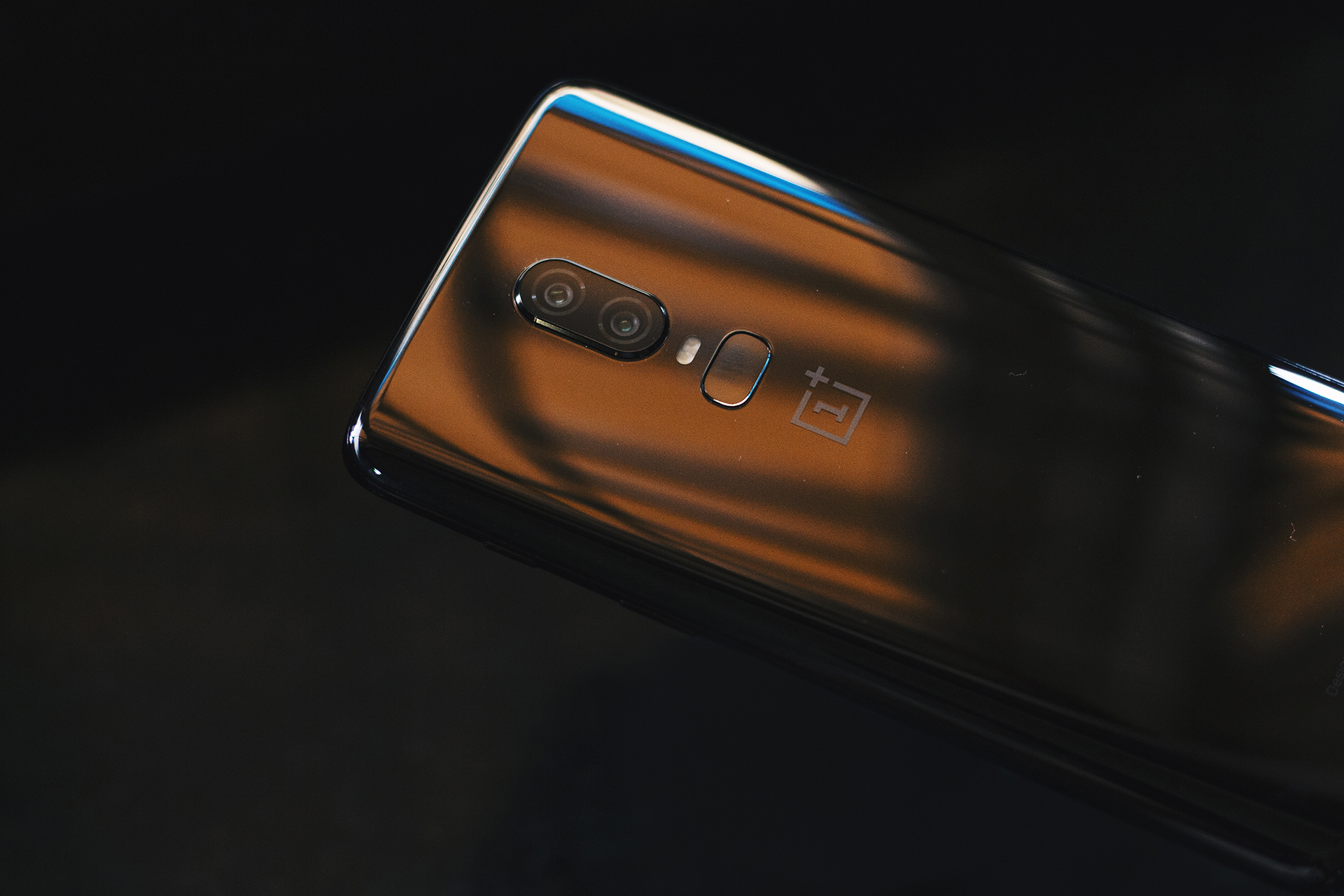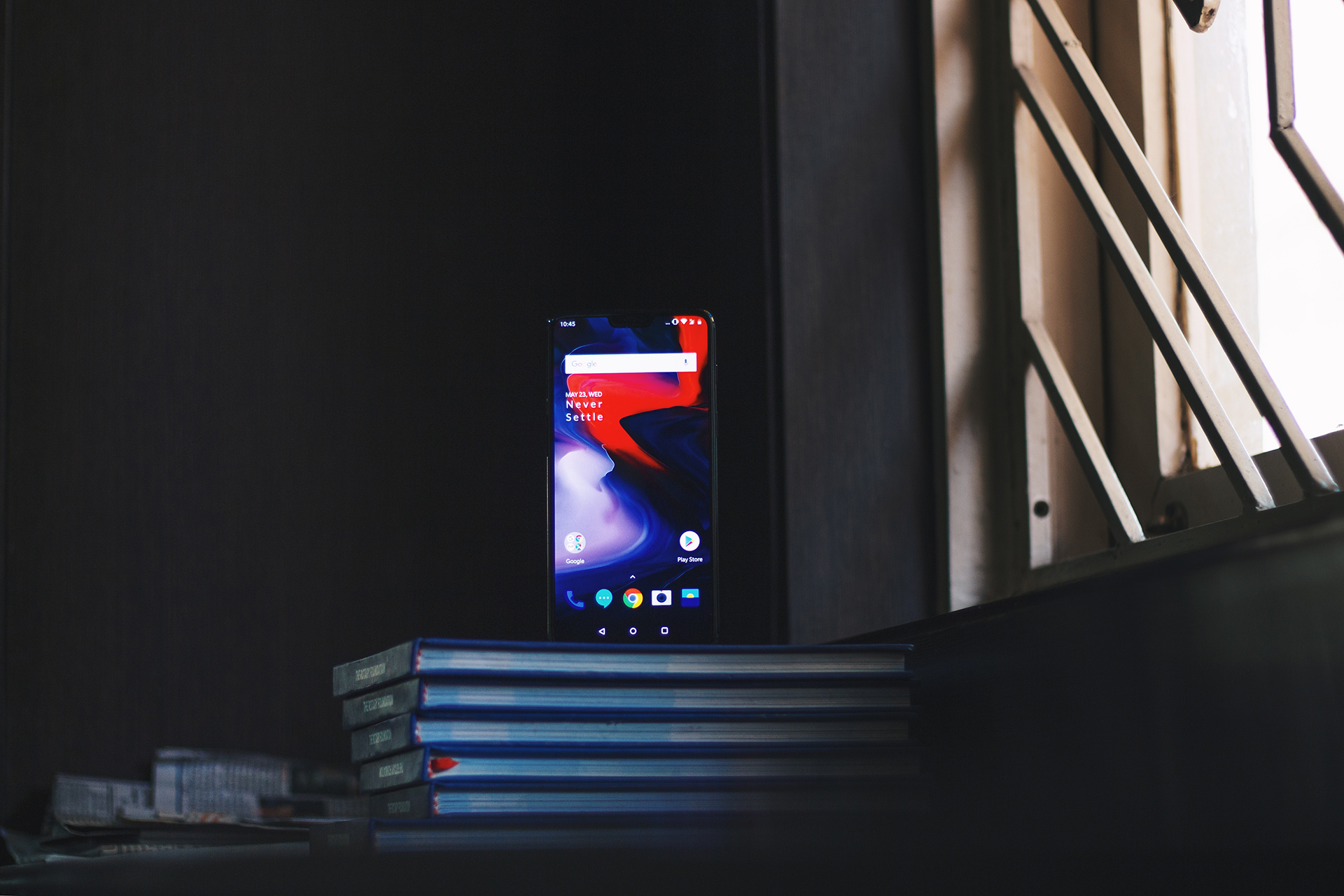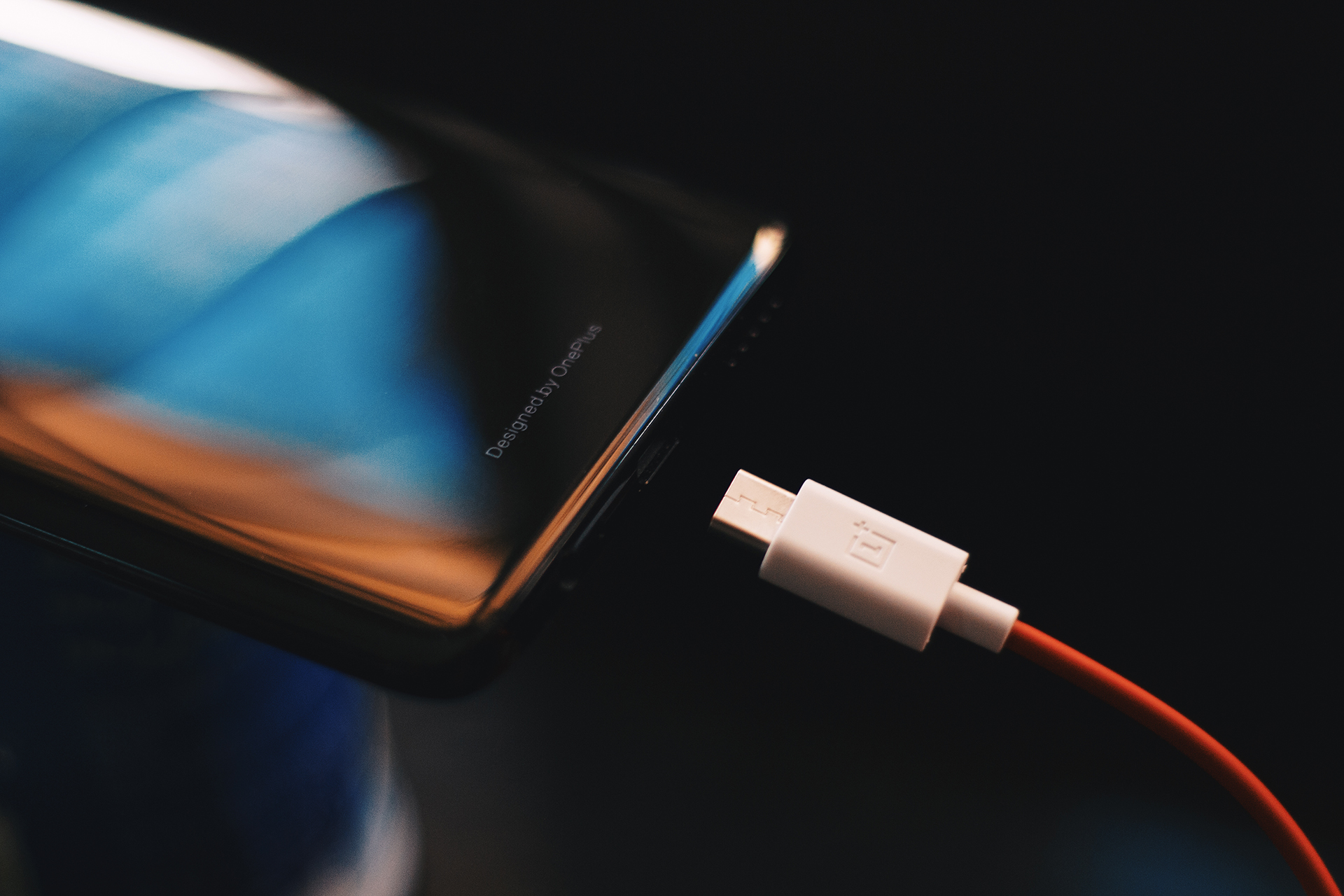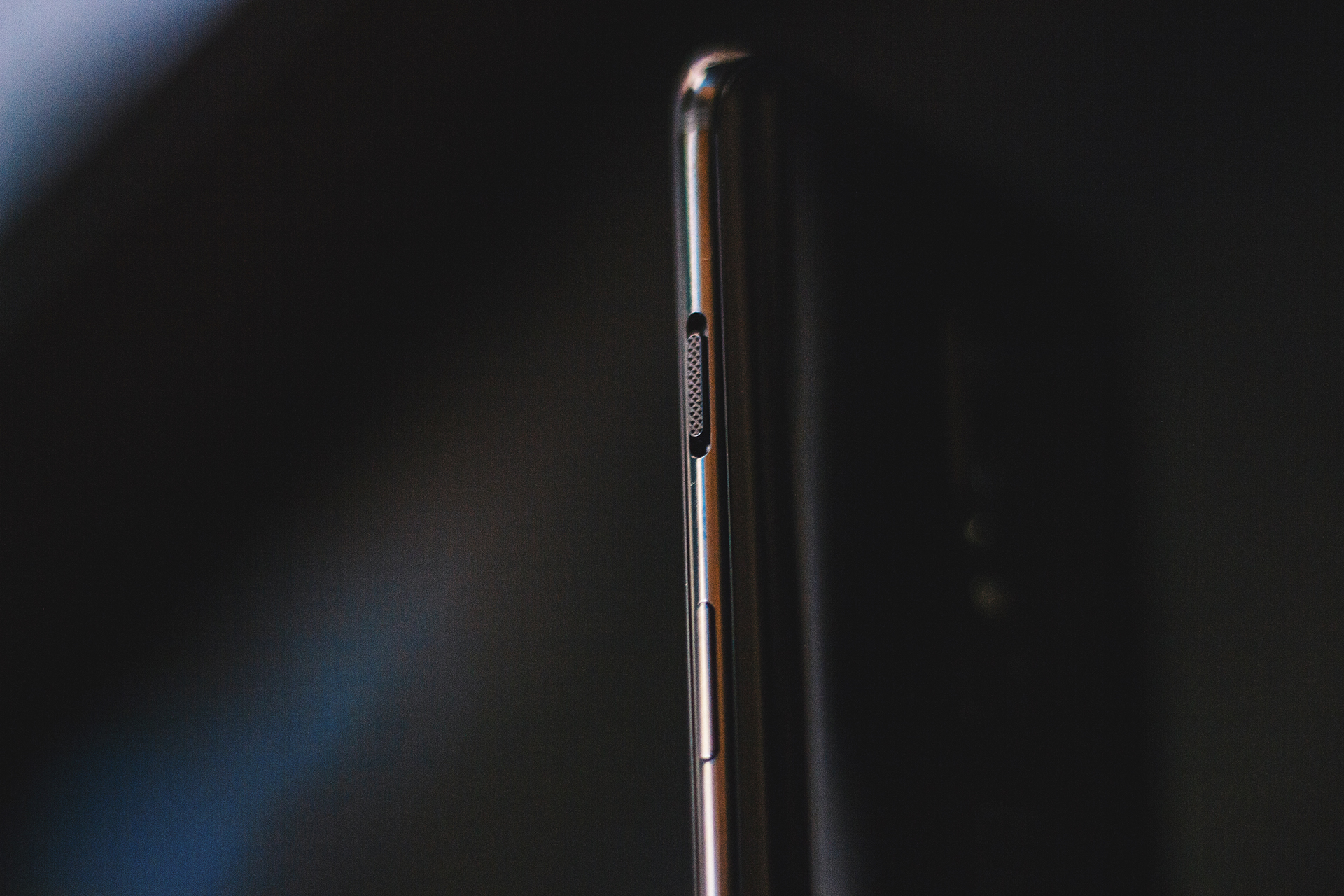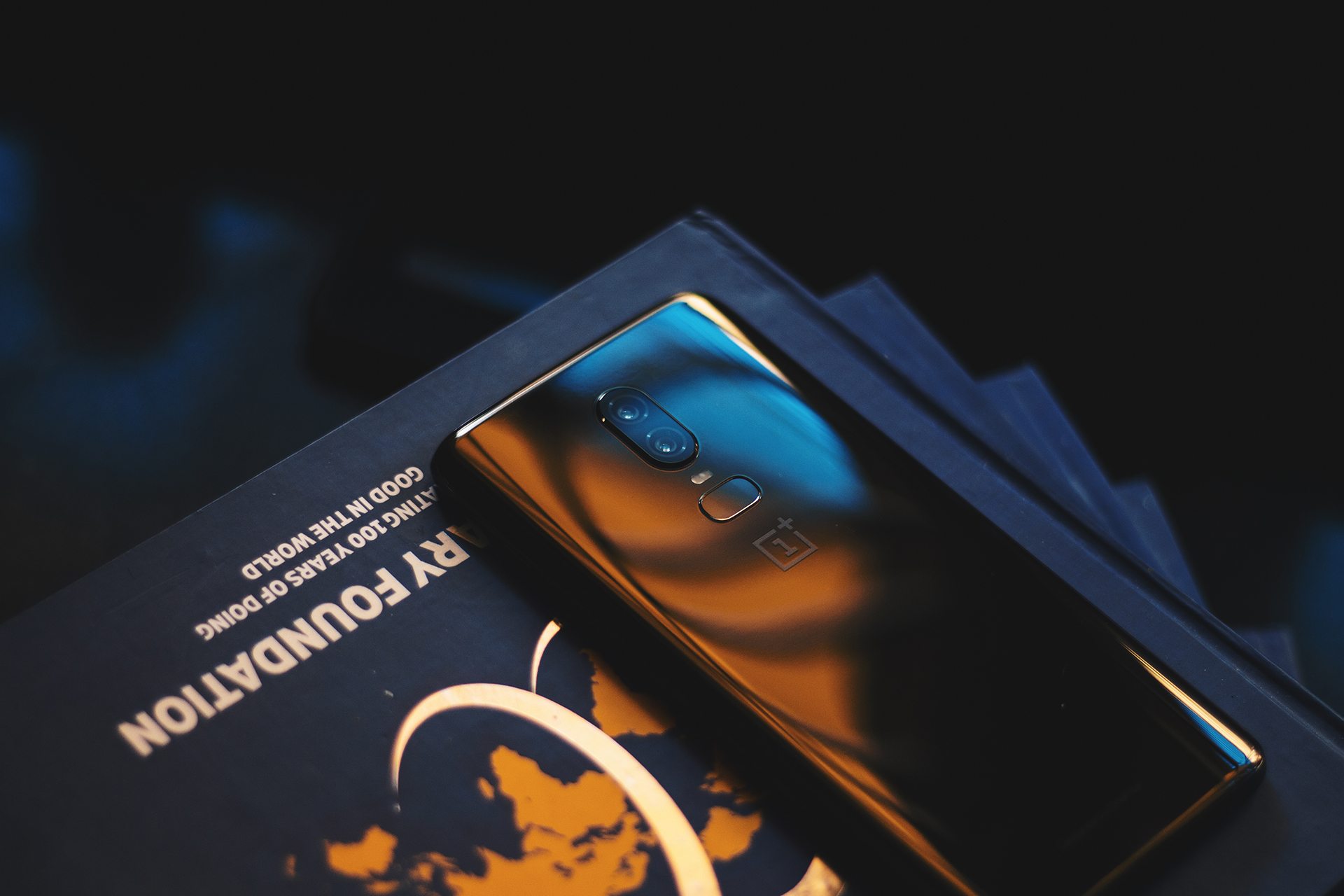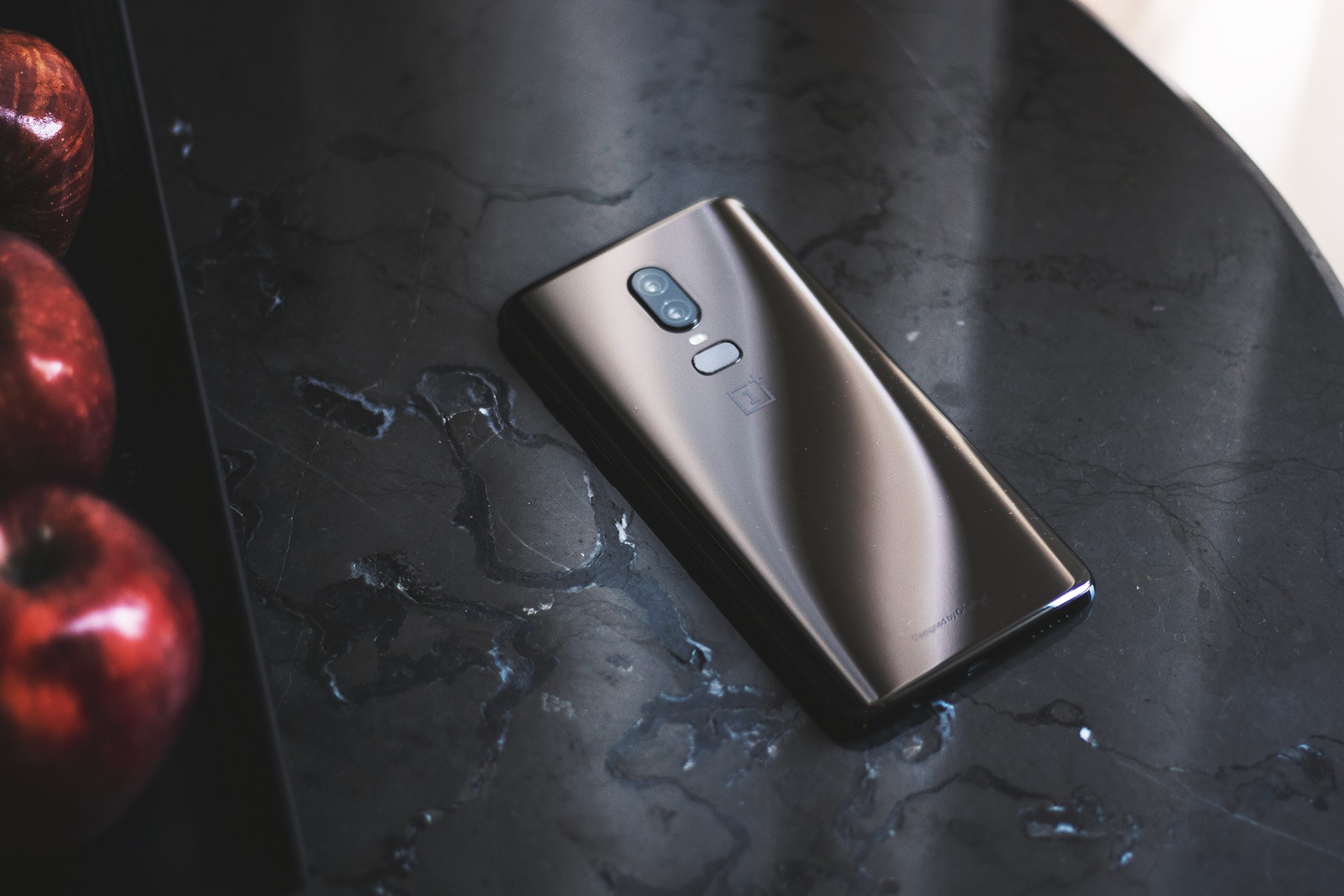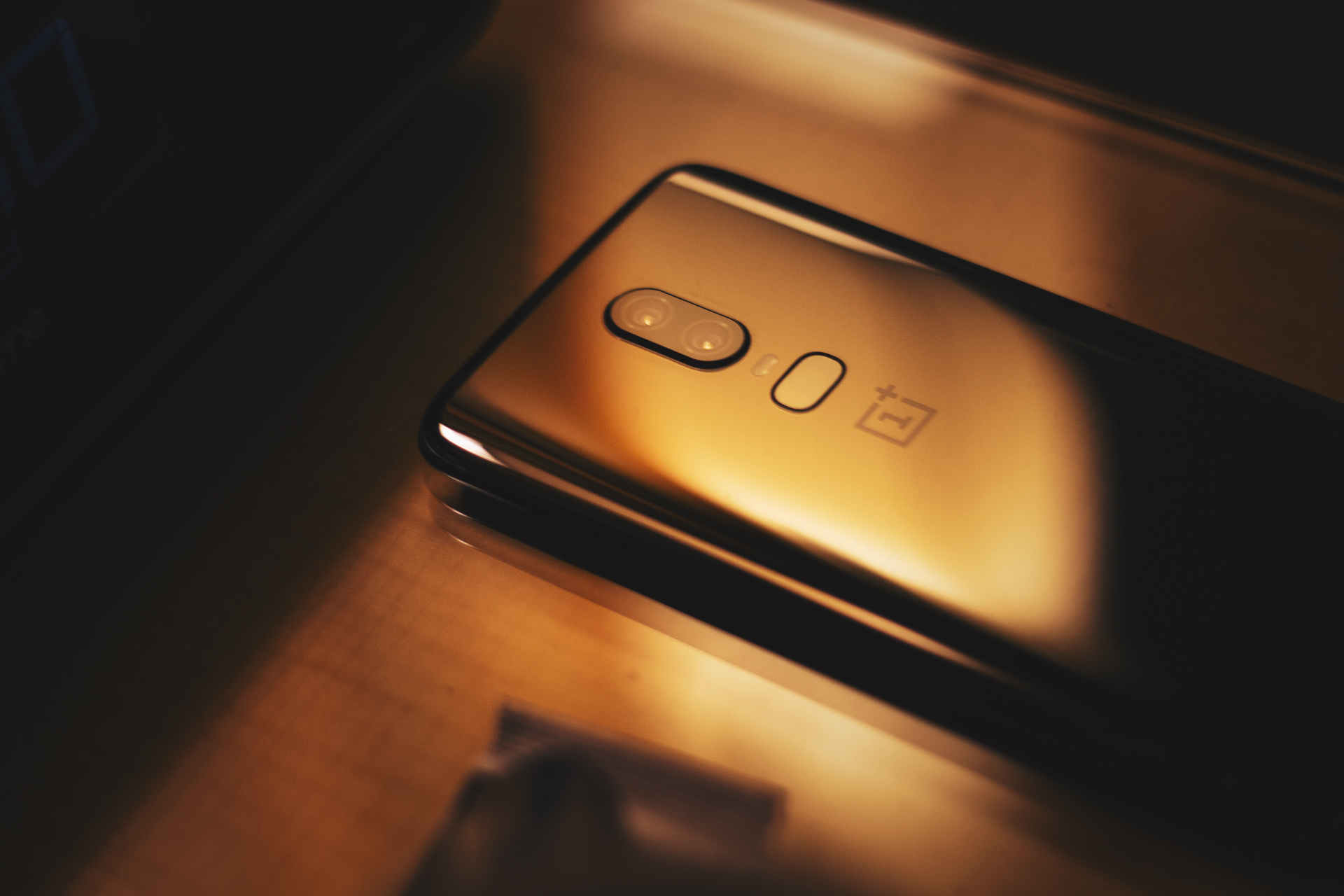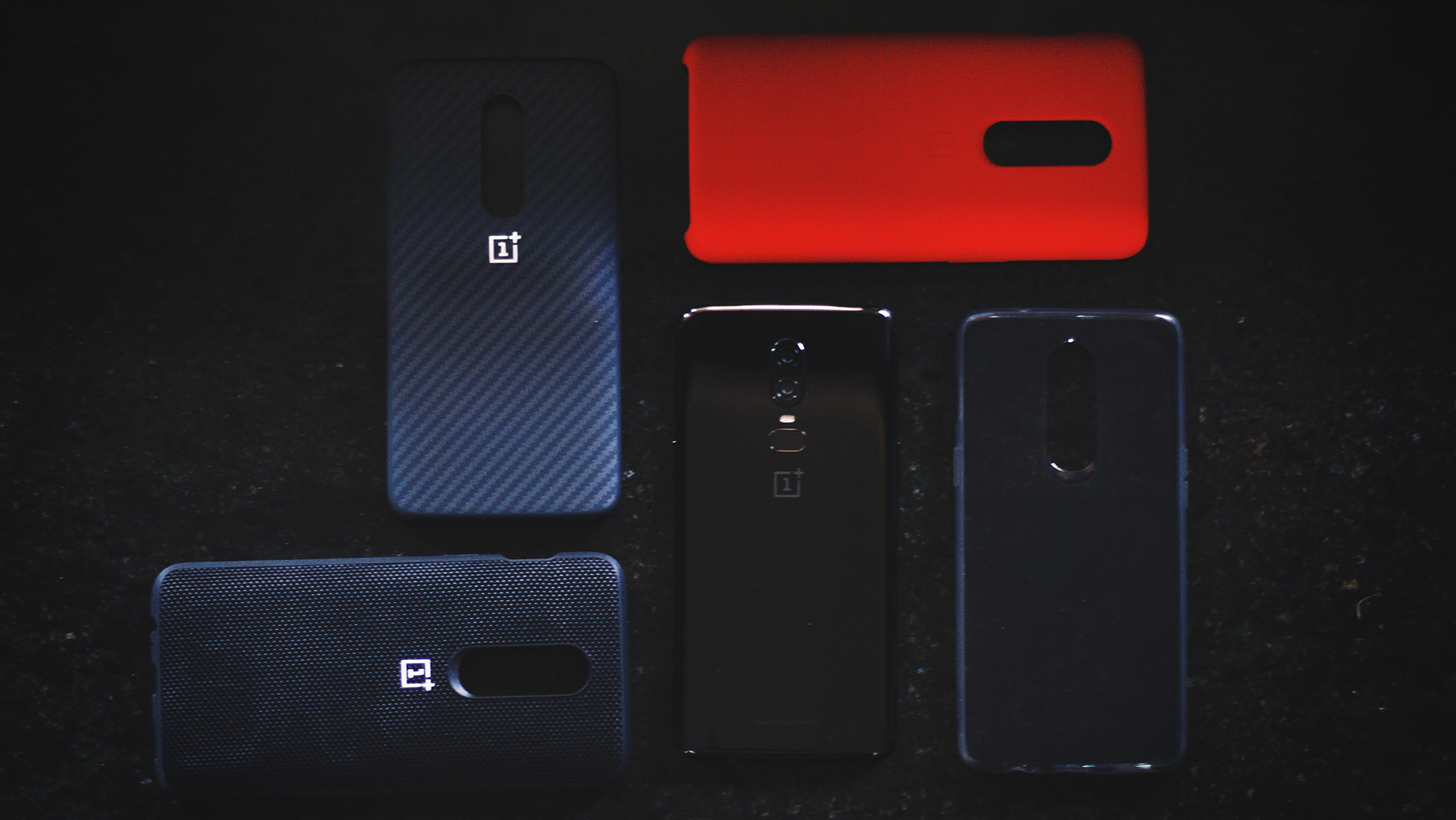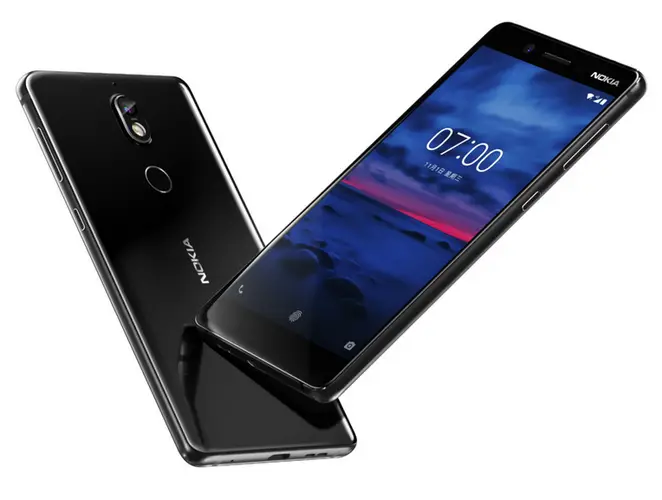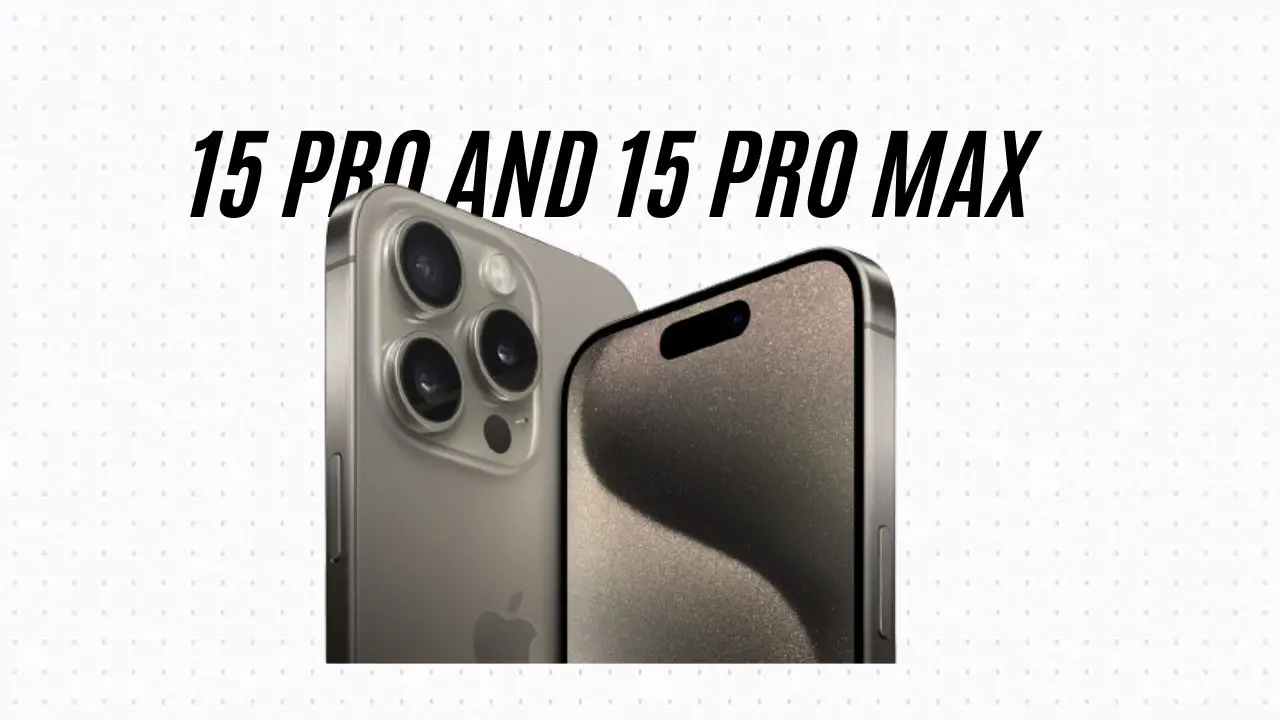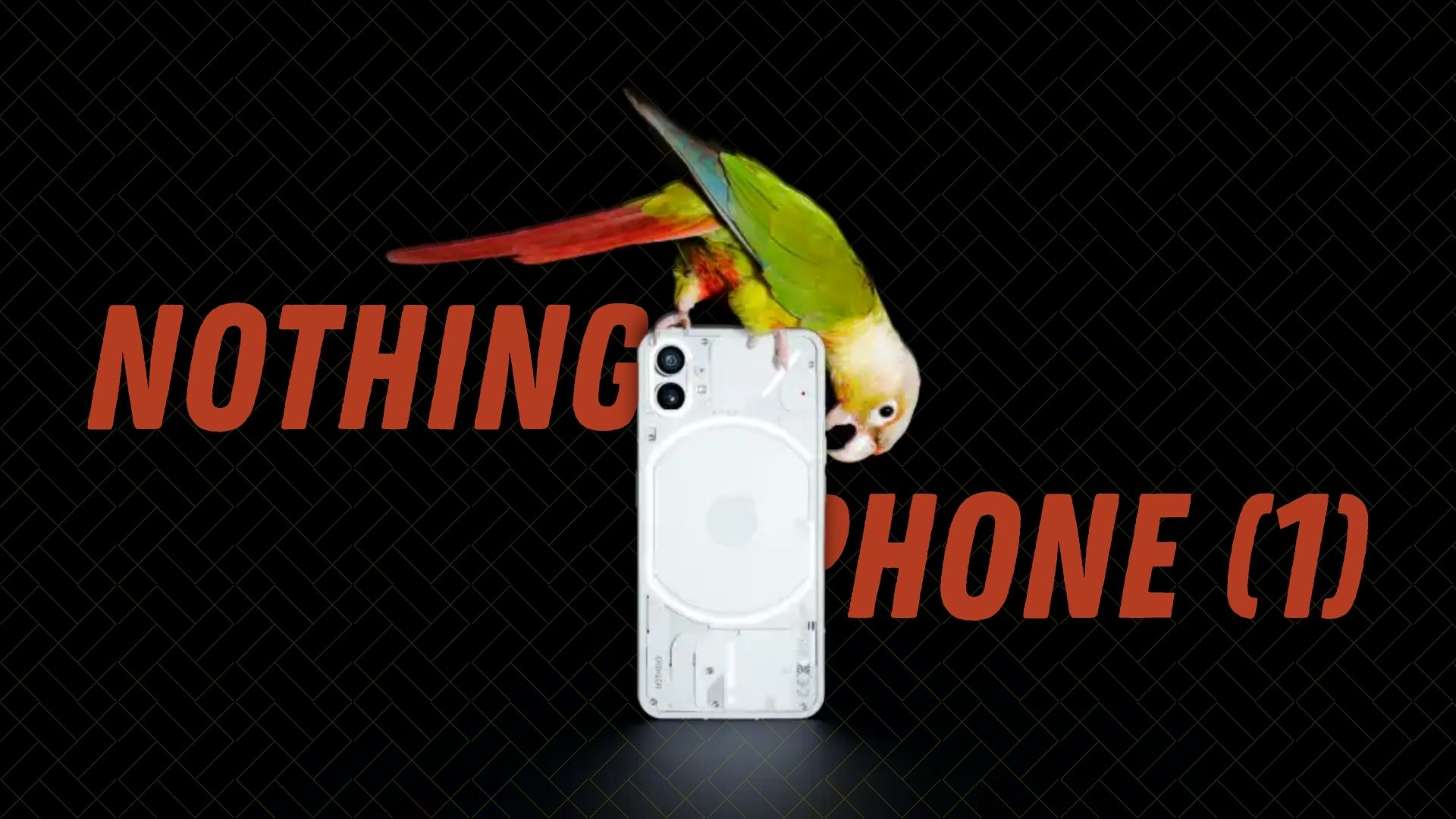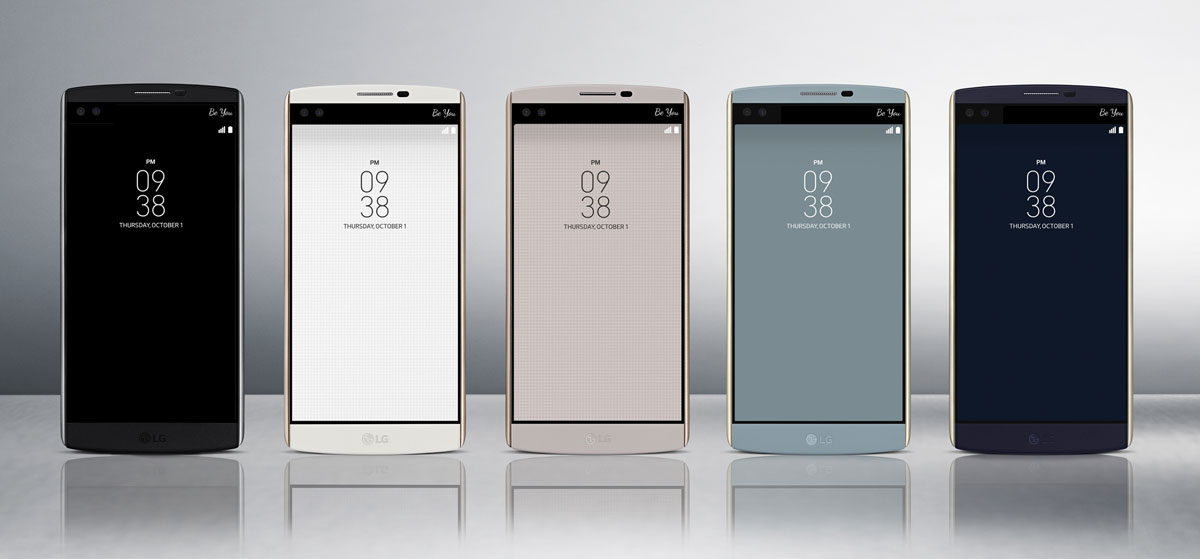Lifting curtains off of their latest flagship-esque offering, which likewise happens to be the most anticipated phone this year, OnePlus acquainted us with the OnePlus 6, a phone that brings the absolute bleeding-edge specifications at a fraction of price at which current market leaders range. And in the contemporary OnePlus fashion, the phone intends to rival these pioneers toe-to-toe in each of the categories, with an emphasis on the “speed”. Owing a debt of gratitude to OnePlus for providing me with this opport. unity and a review device of the OnePlus 6, I am here to explore and inform you all, in all honesty, how their latest device fares in my quotidian use!
Unboxing
Packaging

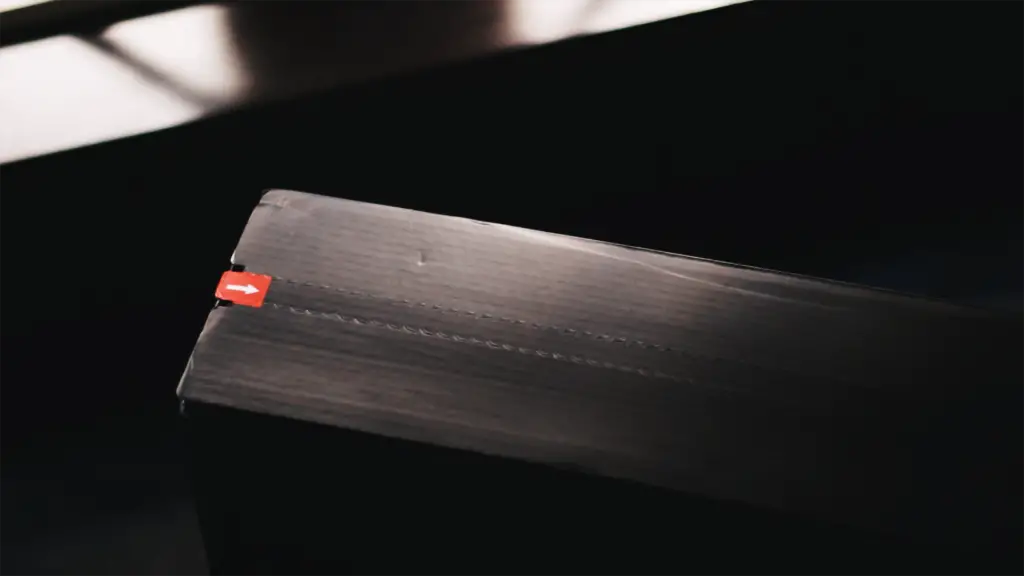
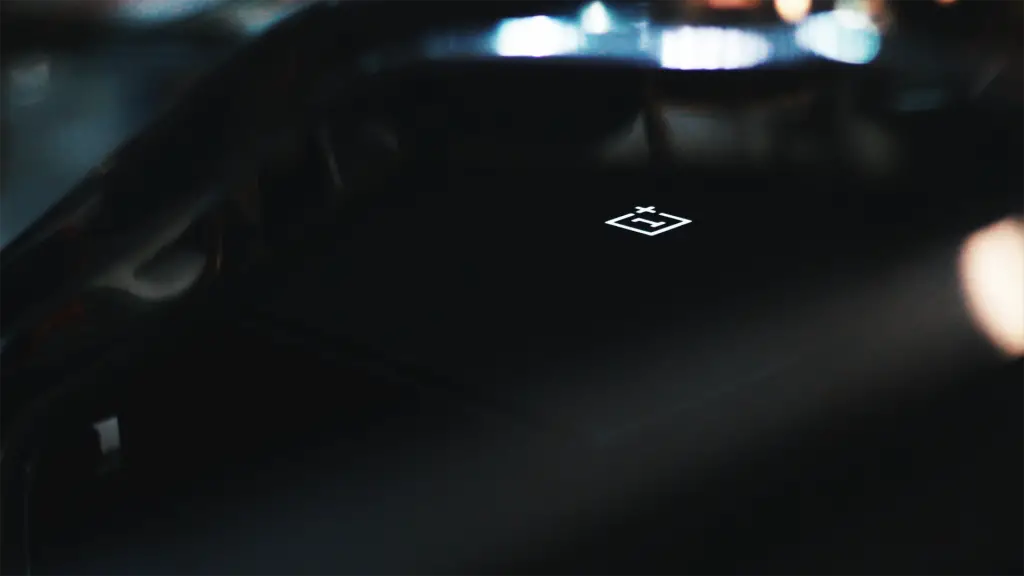
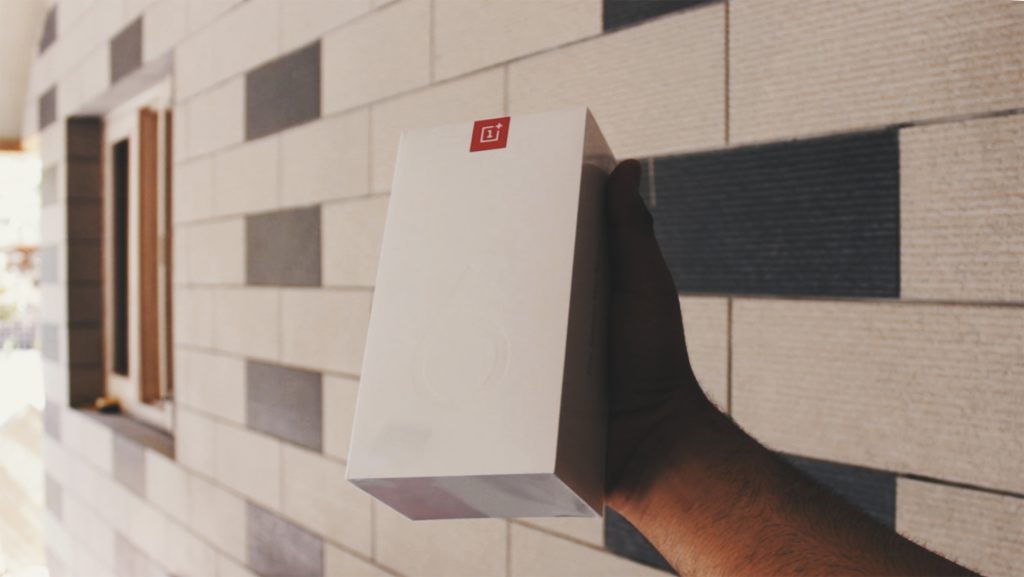
Red – the outer packaging reeks of rage and wrath as the OnePlus 6 urges to get undressed to its full glory. The minimal design language does too little to excite a user itself, but the pungent contrast engendered amidst the white logo and the blood-like redness, renders the aforementioned qualities, to a point where a calm person like me also tigered the bag up, to reveal what’s inside.
Inside, we see a box resembling a media review kit. While the minimal design stays consistent, the excitement factor fades. The logo is a night star in the middle of a cloudy dark sky (the box). Well fret not, turning the box to the side reveals a tiny red color accent, hinting at all the fury one has been expecting.
Urging me to rip the box open, this little red incision also happens to be the way to open it, so there goes my paw, revealing the slightly more colorful contents inside – the OnePlus 6 box, a few cases, and a reviewer’s guide (to read, or not to read: that is the question).
Box and Contents
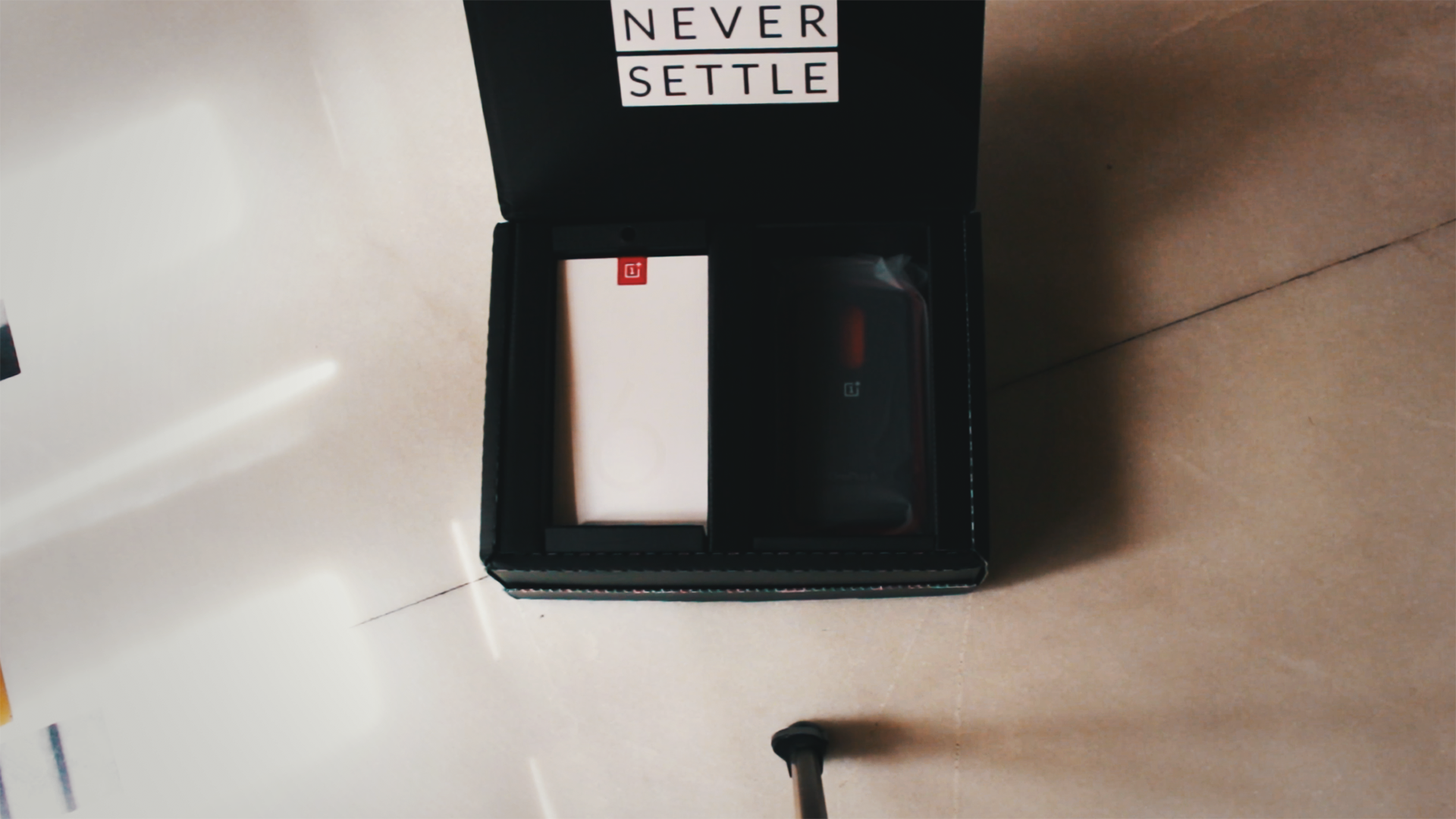
Probably the most colorful of the contents is a well-designed review guide, enlisting everything about the OnePlus 6 that a reviewer should keep in mind (Yes, I am no Hamlet, I chose to go for the former). Lifting the guide, the next most prominent part I see is the OnePlus 6 box itself.
It retains the same design that we have been seeing since the OnePlus 3 – an emboss of the number 6 over the white box, and a red square housing the logo. Opening the box, we see the OnePlus 6 in its full glory, followed by a red container with a case, a sim ejector tool, and a manual that I never intend to read. Being a fan of reflective glass backs, boy was I blown away by the mirror finish, it is more reflective than the phone I switch from – the Galaxy S8+.
Lastly, OnePlus also throws in three different cases in the review kit, aside from the clear case included in the device box – the Karbon case, the Red Silicone case, and the new Nylon Black case that I adore and chose to use. The Red Silicone and Nylon Black case have velvet-like coatings inside, which add an additional level of ergonomics.
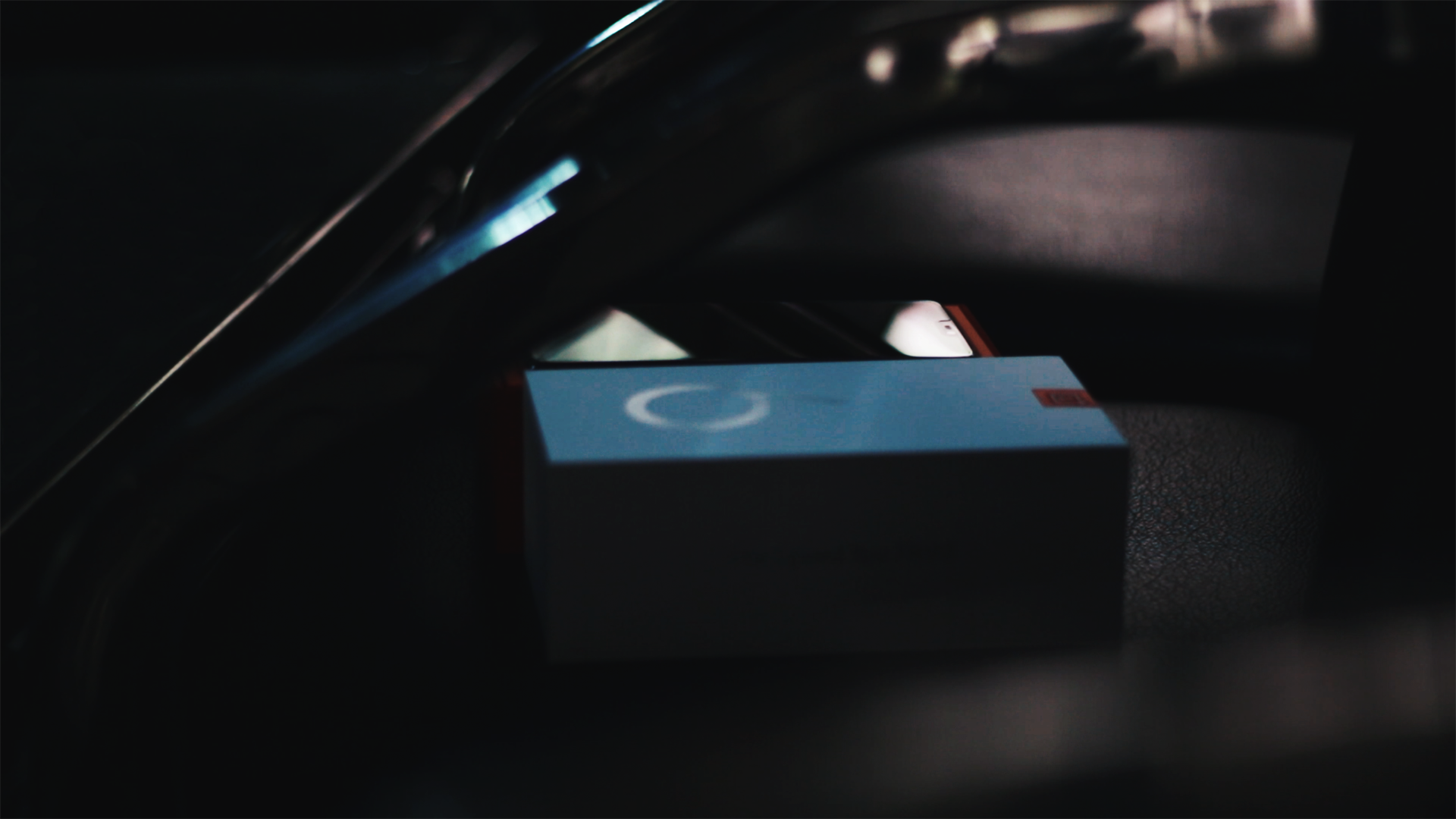
Overall, the package design is minimal and simple, the type of design I personally cherish. However, they are unenticing in general when compared to the video/photo teasers posted on social media. That in no way means the phone packaging is inadequate quality, in fact, it very much feels premium. Nonetheless, I would have loved to see exciting graphics, full of oomph, like their phone teasers. Overall, the phone unboxing experience was a joyful adventurous ride for me – with visual ups and downs occurring in turns.
Design
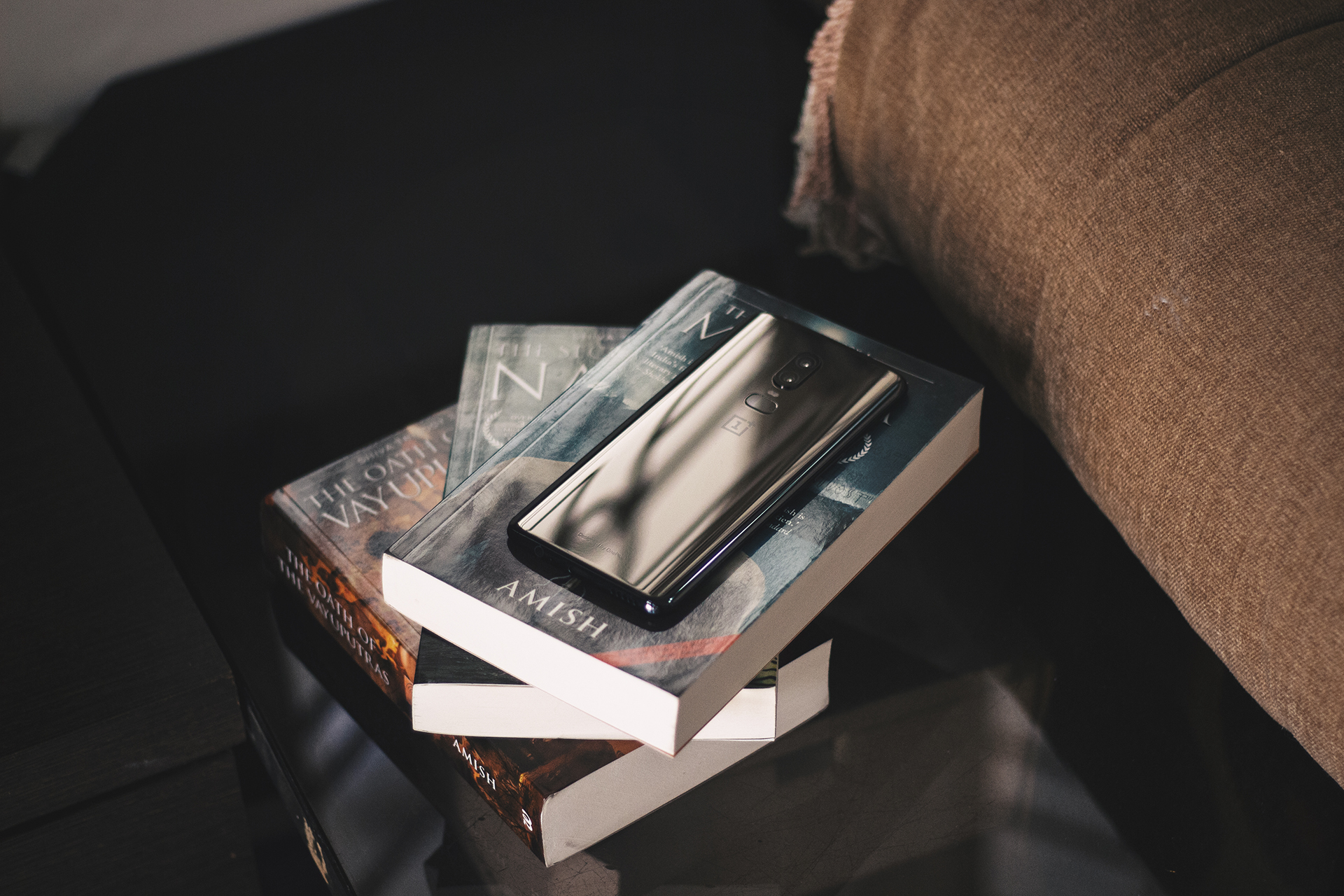
The OnePlus 6 succeeds the OnePlus 5 and 5T with a radical design that is discernible forthwith. Coming in as an all-glass sandwich, the OnePlus 6 quits the industrial metal back panel of last year, with more subdued curved edges. This allows OnePlus to render an illusion of a dilated form-factor within the same space and ameliorating the grip. The Gorilla Glass 5 Sandwich also annexes extra heft and thickness, for which the device was perceived as more athletic, and sturdier.
The fingerprint sensor rests on the back like the OnePlus 5T, nonetheless, it clads a squarish-elliptical form this time around. Above the fingerprint sensor, we see a dual-LED flash and a similar dual-camera setup as seen on the predecessor. The OnePlus 6 brings visual nuances to the selfsame OnePlus 5 and 5T design, with new materials and design iterations, bestowing the overall framework.
The review device sent to me, as you can discern from the images, is the Mirror black, 128GB version. Reviews are based on personal experience, and they differ from person to person. Whilst you might not be a fan of extremely reflective glass backs, I very much am! Sheen is outdated and matte is modern, getting something shiny to look modern is a feat in itself, and being a design student, I greatly appreciate that. It is just an opinion, of course, you are welcome to disagree.
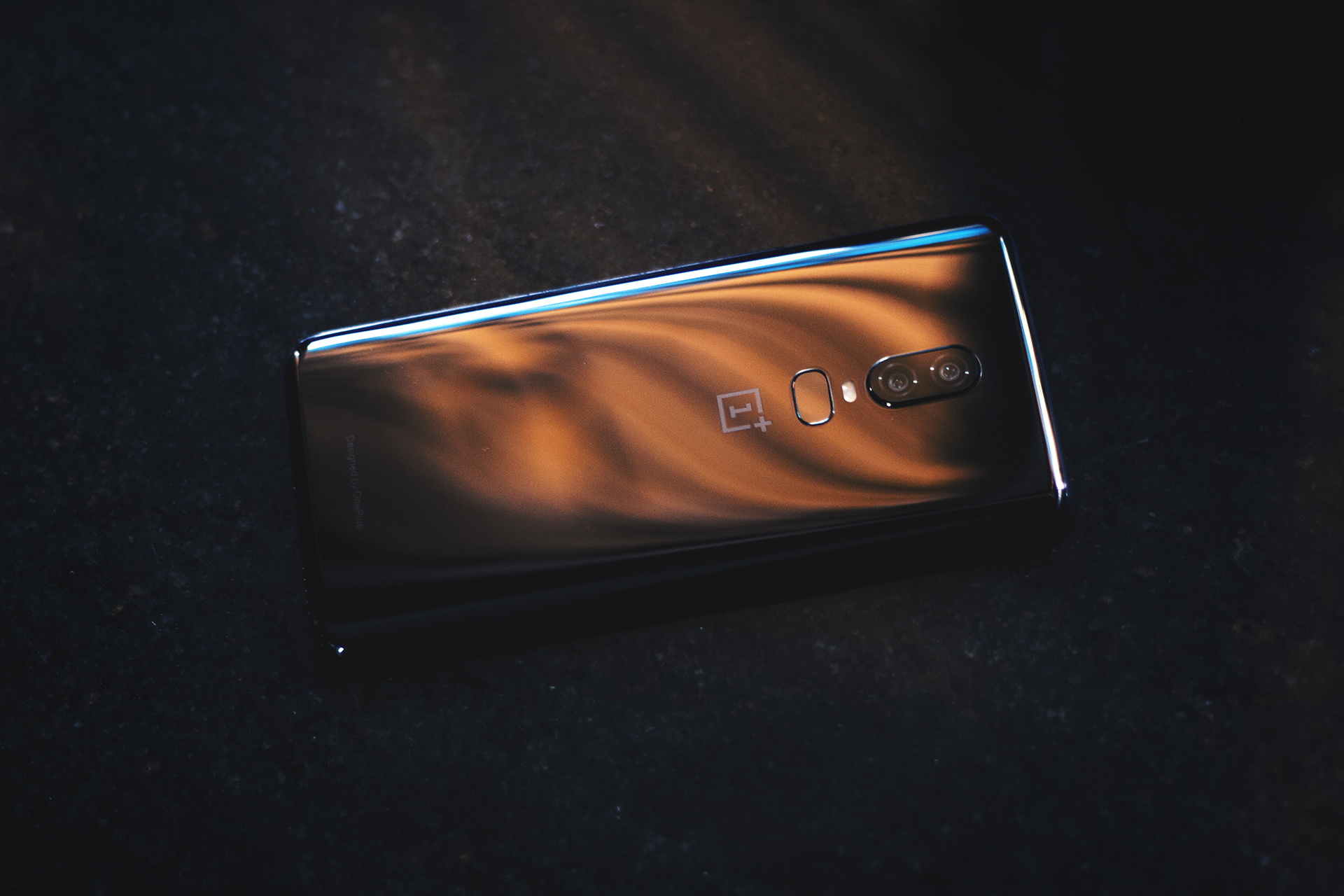
Design Student Perspective:
By moving the horizontal camera setup to center and rotating it to a vertical form, OnePlus introduces a blend of symmetry, balance, and a mirage of breaking each of them. Through this process of moving the cameras to the center, symmetry and balance are introduced, making the overall appearance pleasing to the eye. Howbeit, whilst a line of symmetry will divide the cameras, LED lights, and the fingerprint sensor equally, the halves will be thinner and vertical, similar to a water droplet falling down a wall due to gravity. The human eye is attuned to perceive thin, vertically symmetrical objects as more dynamic due to the phenomenon of gravity, as compared to horizontally symmetrical objects that resemble a puddle of water on the floor, which appears to be static. Through this, an illusion of disrupting symmetry and balance is engendered, while the visually captivating design introduced through each factor, is maintained.
On the front, the phone expands the screen to minimal bezels on either sides and top and a diminutive chin at the bottom of the phone. All of these together render an almost seamless and bezel-less experience. I reiterate, ‘almost’, due to the notch’s interruption. Whilst I am not a big fan of the notch, it seems the only solution (apart from expensive experimentations) to proceed towards the most bezel-less experience. Nonetheless, the display panel expands to 6.28-inch and a 19:9 aspect ratio due to the presence of the notch, thus, I cut OnePlus some slack. This notch houses the front-facing camera, earpiece, and all other requisites as well. But, it leads me to question the existence of the bottom chin. Agreed, OnePlus is a smaller brand compared to others, and they are indeed pushing limits by coming up with a gorgeous phone such as this, I believe removing the bottom chin and going screen all the way would have made the product stand out, against the competition, and made the design even more disruptive and impressive.
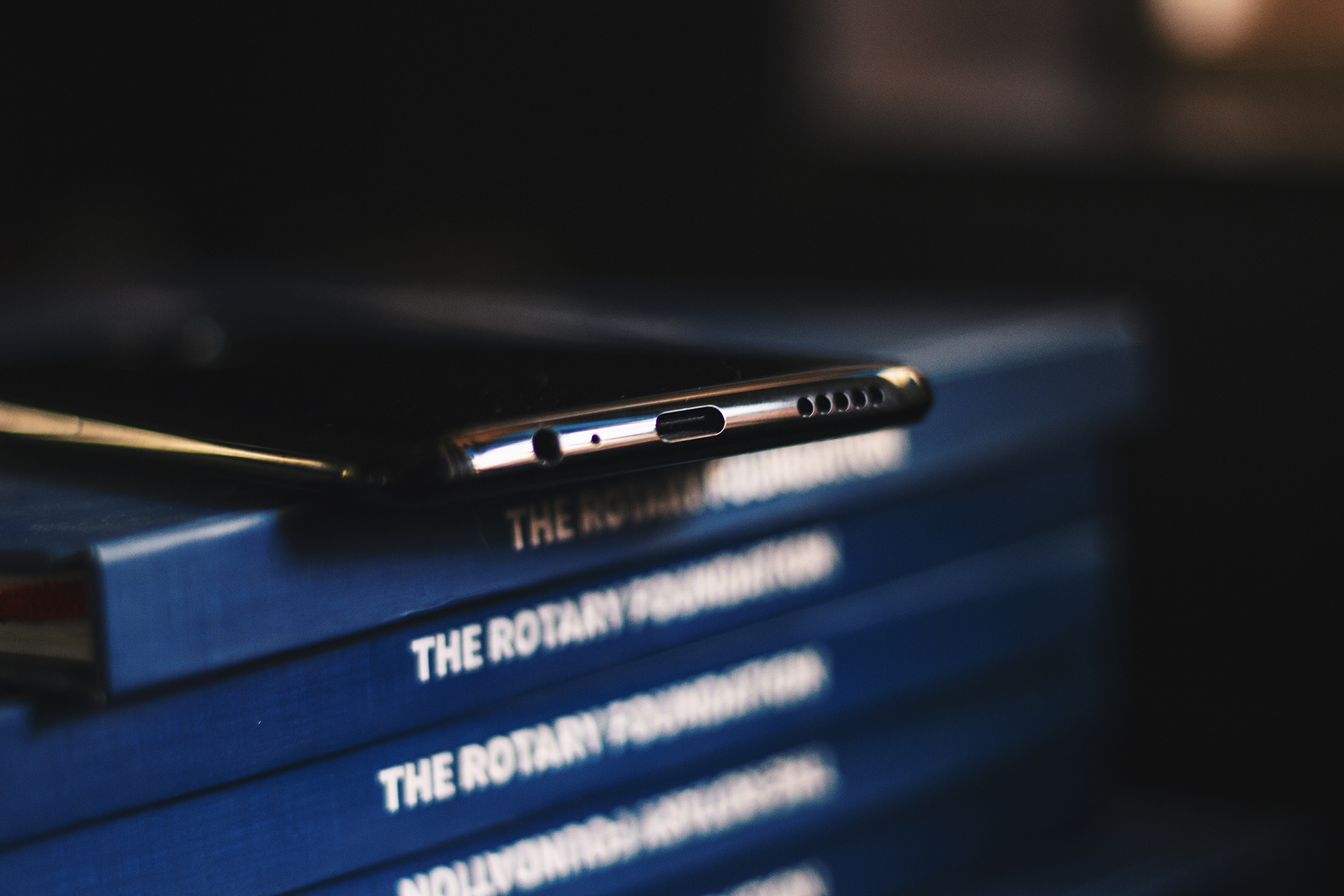
Moving to the sides of the phone, the alert slider switches to the right, and relocates itself above the power button, pushing the sim tray on the left, over the volume rockers. While this minute alteration might be for long-term convenience, it might come as an inconvenience to longtime OnePlus users and might necessitate getting used to. Lastly, on the bottom, we find the mono-speaker, a headphone jack (well, it is present gladly) and a OnePlus signature Fast Charging USB-C port.
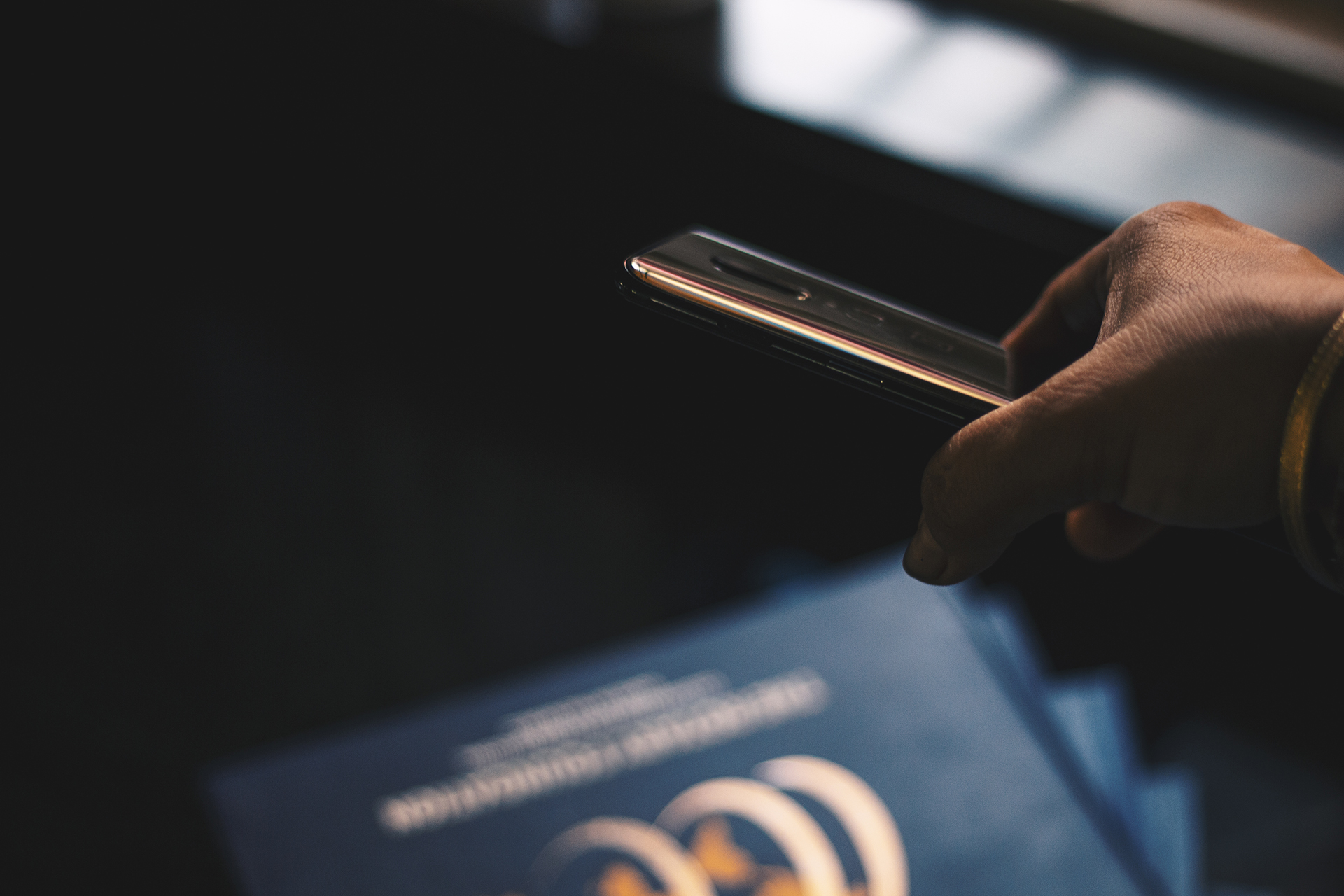
While OnePlus provided me the 128GB Mirror Black edition, I also had a chance to take a dekko at the rest of the color options at the OnePlus official Mumbai event. Between each of the different color variants – Silky White, Mirror Black, Midnight Black and Avengers Edition, the Avengers edition appears to be designed excessively well, and is my favorite amongst all, even though I am not a big Marvel aficionado. However, mirror black is no less, considering my affection for very reflective glass backs. All of these variants have a distinctive appearance and feel on hand as well. While the Silky White resembles a smooth velvet or baby talcum-like finish, the Midnight Black feels like a premium glass with a thin plastic coat. The Avengers edition and Mirror Black are my favorites, as they bestow the very natural feel of glass. Also, if it was not apparent enough, yes, the back is a big fingerprint magnet, although the pictures do not speak of it. Whilst the feel in hand is impressive, it is also important to consider the durability in long-term, there is no surety of it surviving, and it is something only time will tell.
Speed, Performance, and OxygenOS
OnePlus phones have The Flash when it comes to performance and speed. While the OnePlus 6 retains the legacy, it endeavors to step it up. Well, coming from a Samsung phone – dull as Allen Curnow’s Continuum, speed is in a certain block as Curnow’s writing abilities in the said poem. Nonetheless, what OnePlus 6 brings is nothing one would not expect from a OnePlus phone – absolute focus on performance and snappiness. Nonetheless, I do not agree with the slogan though – “The Speed You Need”, in my view, it is the speed I desired moving from my Samsung Galaxy S8+
Fluidity and consistency are prominent on the OnePlus 6. I am not new to it though, I have used the OnePlus 3, 2 and One in the past (with the One being an exception), OxygenOS has always been my favorite ROM experience, more so than Stock even. Although bugs show up quite often here and there, I see OnePlus endeavoring progressively faster to fix them. I get frustrated when it comes to bugs, for instance, on the first boot, whilst the OnePlus 6 blew me away with its speed (while saying speed, I will also be referring to the fluidity) factor, after syncing and using apps, the device froze on Facebook Messengers twice in my few days of use. However, after the recent update, bugs have died and decomposed – no stutters anymore, whatsoever. Well, of course powering the phone is the best on the market – Qualcomm’s Snapdragon 845, an 8GB RAM (although a 6GB variant is available too), and 128GB UFS 2.1 storage, but due to OnePlus optimizations, I noticed unimaginably rapid app load times, especially compared to Samsung’s new UI, that promises speed, but slows over time (of course the 4GB bottleneck is also to be considered here).
The Door Guards – Face Unlock and Fingerprint Reader
While not particularly an aficionado, the Face Unlock has stunned me with its responsiveness. While Samsung’s hardly accurate, slow face unlock on the S8+ only worked half the time, and the iris scanner ditched me away for my glasses, the OnePlus’ super-fast Face Unlock works flawlessly rapid and works that way mostly even in low light. (Again, while I will constantly be making comparisons with Samsung, I hope you will understand reviews originate from personal experiences, and you as individuals are open to disagree/agree with whatever you feel so.) Although, what concerns me is the security, since, sans hardware dedication, solely software might be prone to vulnerabilities. That is something I, unfortunately, cannot test. However, for the ones concerned, the fingerprint reader is a safer option. Whilst it changes its position as I mentioned in my design review, works absolutely flawless and swift as on its predecessors. Shorter than your blink, the phone is already beaming its home screen UI at you.
Fast Charging
What OnePlus offers is the leading technology in the market, when it comes to fast charging. And honestly, in my opinion, this is what gives the OnePlus 6 the crown of being the fastest phone, since it delivers on the speed one desires – charging the battery. It goes without saying the OnePlus 6 charges super-fast, however, it is not new to me. What I did not mention earlier is that I also used the OnePlus 5 as a secondary driver along with my S8+, which makes me acquainted with fast charging technology on these phones. However, the only reason the OnePlus 6 charges equally fast is the same capacity of the battery as the OnePlus 5T, even though the screen size has been enlarged. Therefore, I do not see an improvement here, it is the way it has been. I would have loved to see an increased battery capacity and fast charging working the same way, that would have gone a long way.
That is not to say the OnePlus does not last long. Although I have been using the phone for only a few days, I have already synced most of my apps to this phone from my Galaxy S8+. Furthermore, the battery is probably the only factor where OnePlus 6 seems slower than the Galaxy S8+. Fret not, let me explain. What I mean here is that OnePlus 6 lasts way longer compared to the S8+, and the S8+ is faster at draining the battery! Hardly lasting three-quarters of a day, the S8+ is no comparison to my OnePlus 6, which manages to go beyond a day sometimes.
Convenience through Speed – Alert Slider
While it might sound like a small thing, it is so convenient, and thus fast, to just switch up a slider rather than opening the phone and drawing the slider down to silent it. This time around, although at a different position, the slider does it right by reversing the order. It is way faster and easy to get used to (if you have not been using a OnePlus phone in the past, in that case, you might require a bit of acclimatization).
OxygenOS
Before you proceed further, do make a note about how individualistic reviews are, they come from the user’s stance and usage, therefore they are pertinent to them. While I am a tech connoisseur, I am not a heavy smartphone user per se, thus my review might not have the same sheen from your perspective.
Whilst I love exploring design and UIs, I am particularly a fan of how streamlined stock android is, how floaty and unburdening it is. Pure as vanilla, stock android serves as the “basic”, literally. Although everyone loves vanilla, somehow not many go for it whilst ordering an ice cream, since it lacks adequate flavor due to its one-dimensional-ness. On the other hand, the crunchy flakes and hints of chocolate in a butterscotch ice-cream make it so much more appealing, interesting and enjoyable, EVERYONE likes it! That is how I would divulge about OxygenOS. Better than the basic, but with the same characteristics and featheriness.
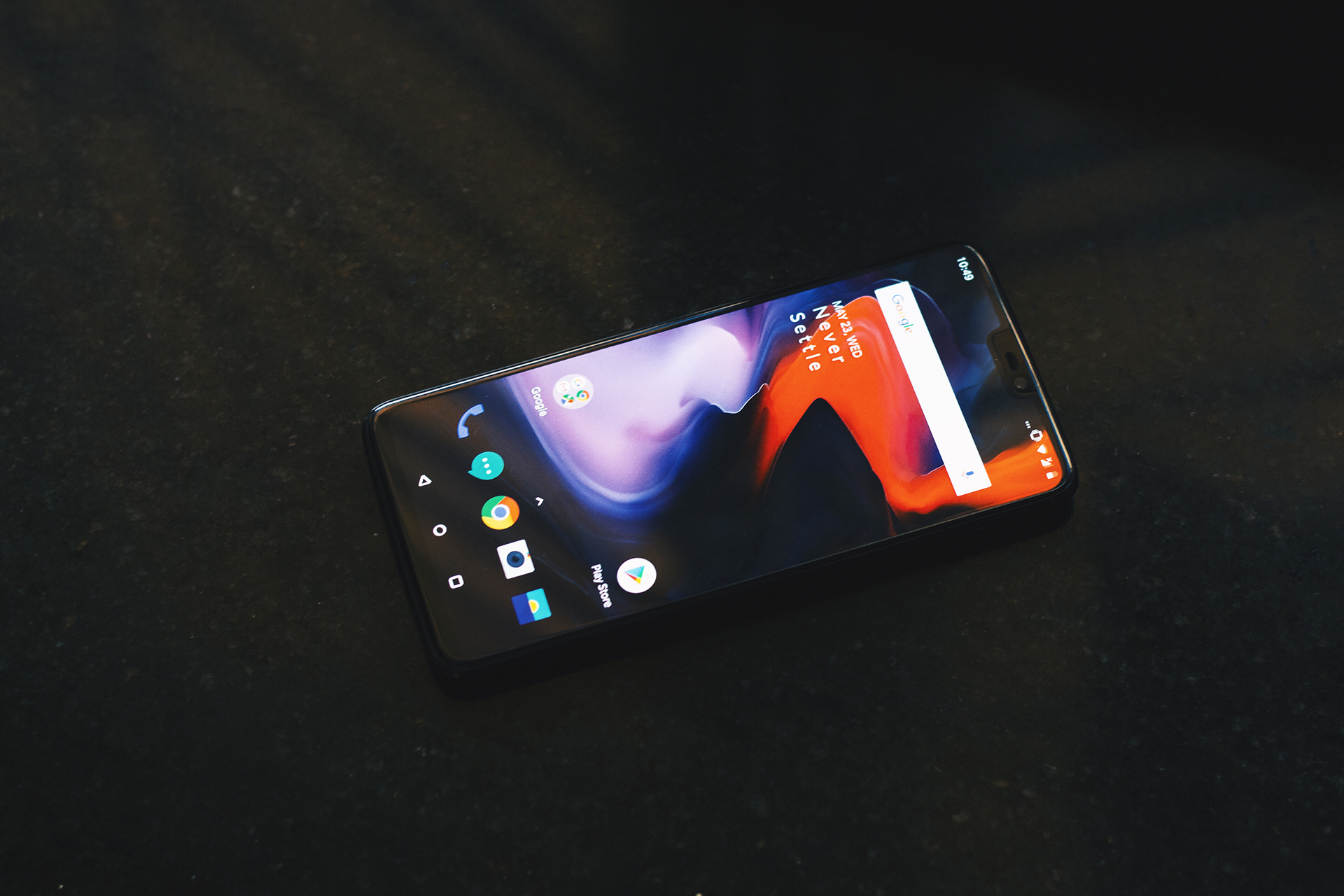
Not being a pundit of benchmarks, scores, and numbers, I go by how the overall performance feels to the user. A generic user would not care about these, and those are the users I am trying to target in this review. Nonetheless, I am cognizant of the lovely enthusiast community here, but for you lovely guys, my friends in the review-squad divulge deeper and crunch in on these numbers you guys crave. Go ahead and check out their reviews!
Now, transiting back into the world we belong, let us talk about what OxygenOS offers to one when performance is concerned. “Smooth, fluid and stutter-less” is how I would like to describe it; however, I faced multiple lags and crashes out of the box. Maybe it is solely my device, and even though none of these lags were a major hassle, they did disappoint me at times, considering my preconceived notion of OnePlus phones. However, do not panic yet, just out of the box, along with those bugs, came an OTA update, fixing most of them, leading me to reconsider my choice to not detail the OnePlus 6 as “Smooth, fluid and stutter-less”. Since after the update, the 6 has been way beyond that. Not to mention how uniform and consistent updates have been since then.
Furthermore, OxygenOS’ lightweight disposition allows the OnePlus 6 to attain great battery life, lasting at least a day for me, and sometimes beyond. That is impressive given that the 6 comes with upgraded specs, a newer version of Android, and the same battery capacity as the OnePlus 5T. Whilst the Snapdragon 845 and the 8GB RAM assist the OnePlus 6 to be fluid, I believe the flash 128GB storage goes a long way to augment the performance as well.
Camera
For Camera samples, please click here.
It is almost second nature to OnePlus phones – running rugged at their price sector while dabbing occasionally to results that are comparable to the greatest of the flagship land. No doubt the cameras since the OnePlus 5 and 5T have seen major iterative augmentations due to OnePlus’ ambitious disposition, however, they are not as flamboyant as what Samsung’s or Google’s phones see (although they are slowing down too). While the GodPhone of the Speed edges higher at performance against any of the flagships (in most cases), it narrowly manages to knock at their doors when the cameras are concerned. Nonetheless, what I consider OnePlus 6’s camera set up is probably the biggest iteration I have witnessed on OnePlus phones, of course apart from design (which, however, is always adapted from the best out there). The 6, one plus’s every other OnePlus camera iteration ever, performs better than ever and is indeed the best of what OnePlus has conceived.
Throwing in all the numbers – the 6 packs a dual camera setup similar to is predecessor, composed of 16 and 20-megapixel sensors, with an f/1.7 aperture. Unlike the OnePlus 5, the second sensor is not telephoto, rather just a sharp sensor that ventures to retain the details. Also, the 16-megapixel primary sensor steps ahead with its larger pixels, absorbing more light to shoo the noise away.
The OnePlus 6 camera shines and sometimes also outweighs other flagships when daylight is concerned. It nails dynamic range is most of the scenarios, occasionally even the trickiest ones. Even the captured colors –realistic and saturated up to a decent level. However, there is no consistency. The camera can fail to deliver at times. I am unsure whether it is solely the case with my device, but colors can vary every so often, focusing and detection as well. That was for the main camera, the secondary camera does not deliver 20-megapixel worth detail either. What I see generally, when it comes to detail and maintaining sharpness, the inconsistency is the highest. Certain pictures turn out beautifully sharp and impressive, others just fail to highlight the texture of the subject.
Moving on, the portrait mode. Boy, has it come a long way since the dawn – the OnePlus 5. The edge detection has improved ten folds, the subjects are always well highlighted. But again, the inconsistency factor applies here as well. Whilst the portrait mode does good enough to walk side by side with leading phones out there, it is only the case with daylight. In dark, the portrait mode is now capable of pulling off some new tricks – bokeh with custom shapes. Whilst the phone does a wonderful job at rendering the bokeh, the edge detection is just abhorrent in this scenario. Of course, portrait mode and edge detection can be improved through software updates, and this new feature is just the beginning of what it will soon become, we do need to consider where the device stands presently.
Since we have already divulged into low light, let’s also talk about the primary sensor. The OnePlus 6 is a major upgrade compared to any other OnePlus phones out there, a debt of gratitude is owed to the wider pixels. Images are way sharper, less noisy and colors are retained pretty well. Of course, it does not outdo other competitors in all dimensions, however, it at least manages to knock at their doors to a certain level.
Conclusion and Verdict
Whilst not everything that shines is gold, the OnePlus 6 is surely silver. However, what one should deliberate on is the price tag. The OnePlus 6, in my view, is the king of performance and speed, with its best in class specs – Snapdragon 845, 8GB RAM, and 128GB UFS 2.1 fast storage. All of them conjointly deliver a sense of speed and performance one could only dream of. Also, I would personally change the tagline for myself: “the speed you desire”, rather than you need. The speed you actually need is delivered by any flagship out there today, however, they are not as consistent in delivering the same over a longer period of time. Thus, giving you the speed you desire is what the OnePlus 6 does! I also have reasons to believe that the OnePlus 6 would not slow down unlike them (for example, my experience with the OnePlus 5).
When it comes to cameras, the OnePlus 6 retails at half of what rest of the flagships retail at, and it still manages to knock on their doors. Impressive indeed. The low light performance is a huge step up compared to the OnePlus 5 and 5T, thanks to the wider pixels. However, the secondary 20-megapixel lens hardly conveys the sharpness it should. However, overall, it is unquestionably a major upgrade from the 5 and 5T.
Lastly, the design – it is gorgeous. Not everything with a sheen appears modern and appealing when it comes to design, and when a brand manages to nail the same, it is in itself a small feat. Kudos OnePlus. This may not apply to everyone, I am, for one, a glass-glossy-back aficionado. Apart from that, the design student perspective I divulged about in my design review allows me to clap for OnePlus again here.

